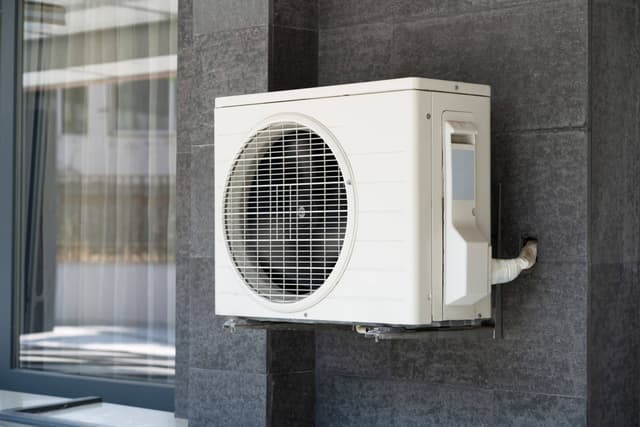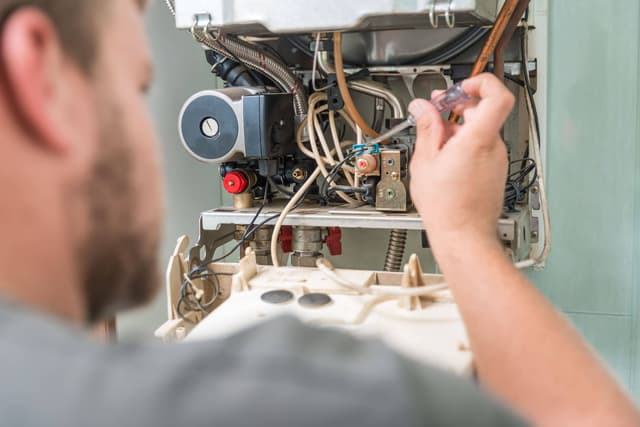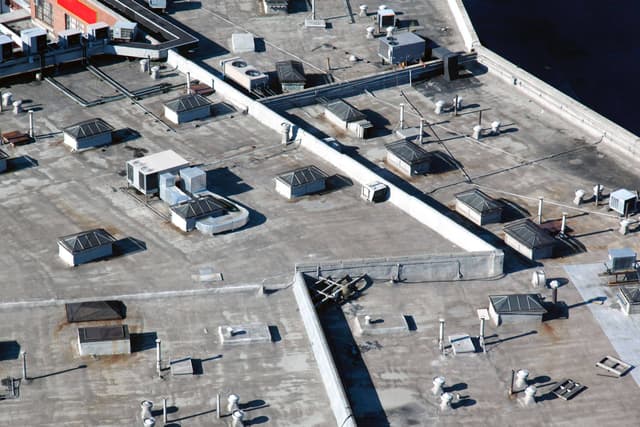RTU Units (Repair, Retrofits, and Replacement Services): Extending HVAC System Lifespan
Understanding RTU Units
Rooftop units (RTUs), also known as packaged rooftop units, are essential HVAC systems for commercial and industrial buildings. These self-contained units provide efficient heating, cooling, and ventilation from a single package installed on rooftops.





















































































